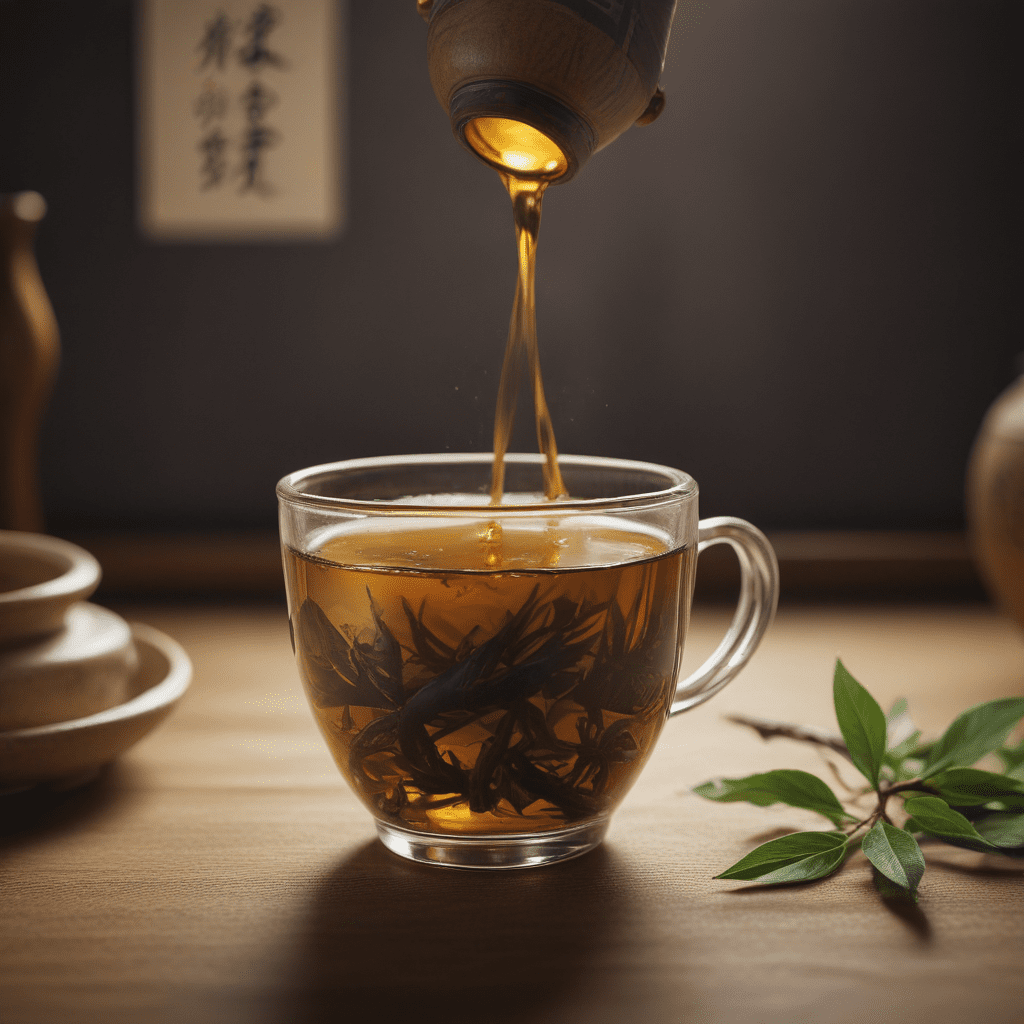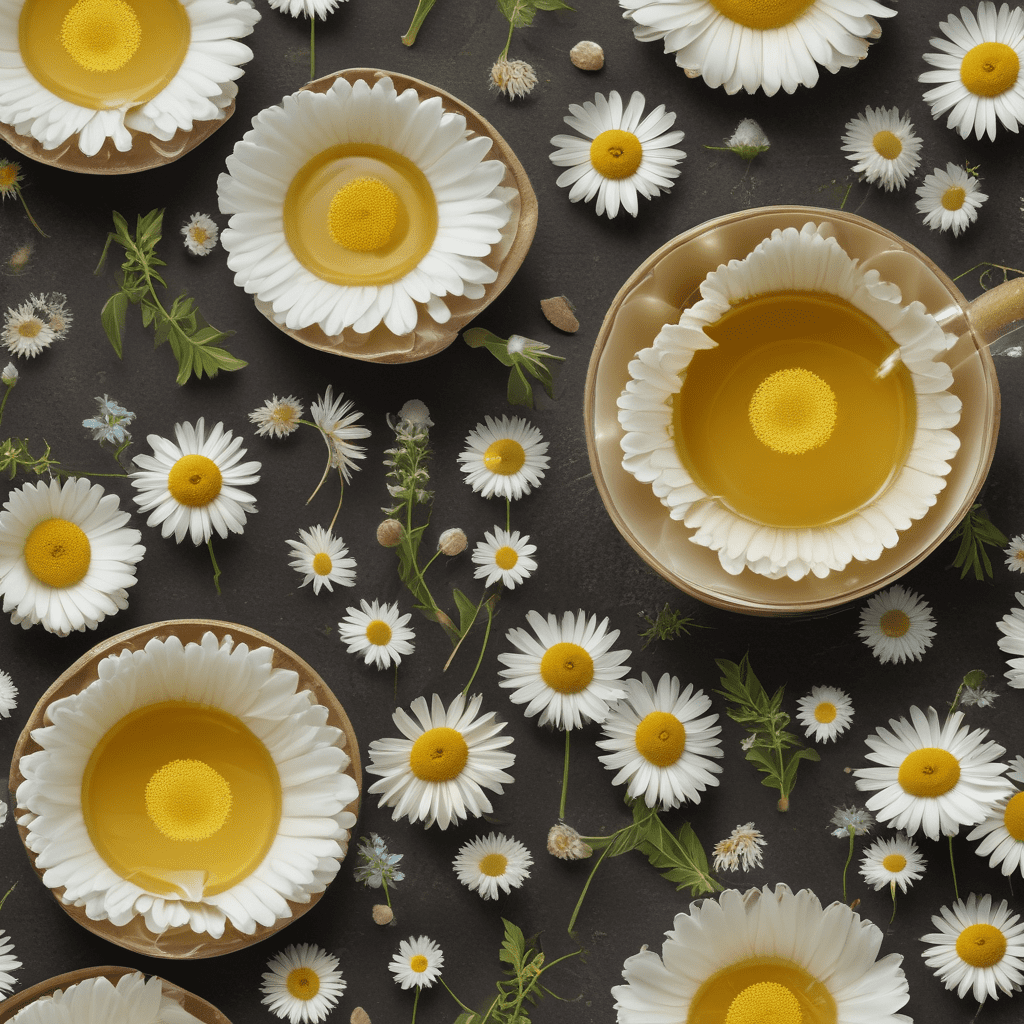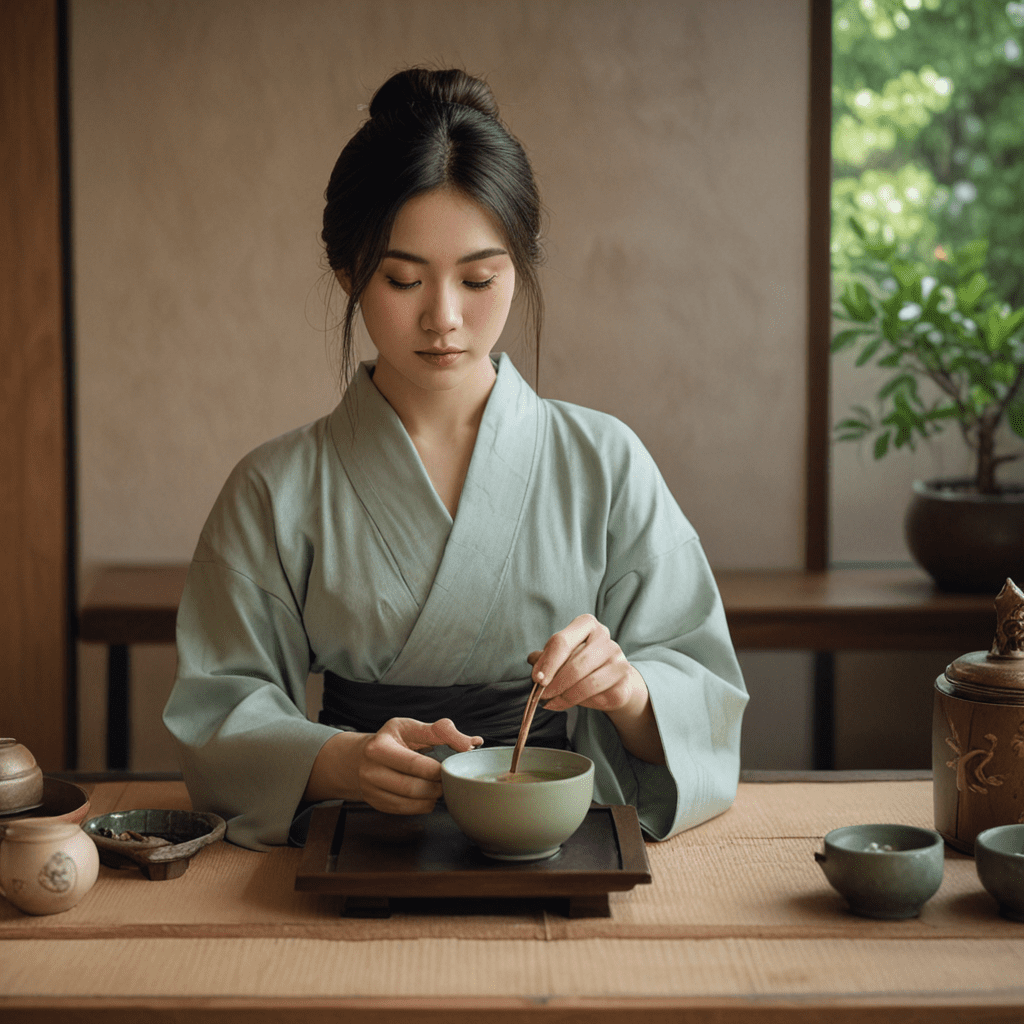The Abode of the World's Finest Tea
Nestled amidst the magnificent Himalayan foothills, Darjeeling, India, is renowned as the birthplace of some of the world's most exquisite teas. Darjeeling tea gardens, adorned with lush green bushes, paint a picturesque landscape that has captivated tea enthusiasts for centuries. The tea produced in these gardens is celebrated for its delicate aroma, subtle floral notes, and refreshing taste, establishing Darjeeling as the hallowed ground of tea cultivation.
A Tapestry of History and Tradition
The story of Darjeeling tea gardens is intricately interwoven with the British colonial era. In the 1840s, the British introduced tea plants to the region as an alternative to the opium trade. However, it was not until 1856 that tea cultivation truly took root, thanks to the efforts of Dr. Campbell, Superintendent of Darjeeling. The unique soil and climatic conditions of the region proved ideal for tea cultivation, leading to the establishment of numerous tea estates.
The Labor of Love: Tea Plucking and Processing
Tea plucking in Darjeeling is an art form, passed down through generations of skilled workers known as "茶工" (cha-kas). The finest Darjeeling teas are made from the tender, unopened buds and the youngest leaves of the tea plant. The plucking season typically runs from March to November, and the tea is selectively handpicked by experienced pluckers. The freshly plucked leaves are then transported to the tea factories for processing, which involves withering, rolling, oxidation, and drying.
The Art and Science of Tea Cultivation
The art of tea cultivation in Darjeeling lies in the careful selection of tea bushes, meticulous pruning, and precise application of fertilizers. Darjeeling tea gardens cultivate a variety of tea bushes, each contributing unique characteristics to the final brew. The gardens are meticulously managed to ensure optimal growth and quality of the tea leaves. Sustainable practices are employed to protect the delicate ecosystem of the region and preserve the long-term viability of the tea industry.
The Geography of Darjeeling's Tea Gardens
The geography of Darjeeling plays a crucial role in shaping the distinctive character of its teas. The gardens are situated at an altitude ranging from 600 to 2,000 meters above sea level, with varying slopes and orientations. The region experiences a subtropical climate with abundant rainfall, well-distributed throughout the year. The combination of high altitude, rich soil, and favorable climate creates an ideal terroir for tea cultivation, resulting in the production of teas renowned for their delicate flavor and aromatic complexity.
6. Sustainability and the Future of the Tea Industry
Darjeeling tea gardens are at the forefront of sustainable tea cultivation. The industry has embraced organic farming practices, reducing the reliance on chemical fertilizers and pesticides. Tea gardens are also committed to preserving the natural ecosystem, conserving water resources, and implementing waste management strategies. By adopting sustainable practices, the tea industry ensures the long-term viability of Darjeeling tea while protecting the environment.
7. The Allure of Darjeeling Tea Tourism
Darjeeling tea gardens offer a unique tourist experience, allowing visitors to immerse themselves in the world of tea. Visitors can tour the gardens, witness the tea-making process firsthand, and sample the exquisite teas. Some tea estates also offer accommodation, providing guests with the opportunity to stay amid the picturesque tea plantations. Tea tourism promotes a deeper appreciation for the art and tradition of tea cultivation, while also supporting the local economy.
8. The Sensory Experience of Darjeeling Tea
Darjeeling tea is renowned for its distinctive sensory experience. The liquor is typically light-colored, ranging from pale yellow to golden amber. The aroma is delicate and floral, with notes of ripe fruit, honey, and muscatel. The flavor is complex and well-balanced, with a subtle astringency and a refreshing finish. Darjeeling tea is best enjoyed black, without the addition of milk or sugar, to fully appreciate its nuanced flavors.
9. The Economic Impact of Darjeeling Tea Gardens
Darjeeling tea gardens are a vital part of the local economy. The industry provides employment opportunities for thousands of people in the region and generates substantial revenue for the state of West Bengal. The sale of Darjeeling tea also contributes to the country's export earnings. By supporting the tea industry, local communities benefit from improved infrastructure, healthcare, and educational facilities.
10. Preserving the Legacy: Challenges and Opportunities
The Darjeeling tea industry faces several challenges, including climate change, rising production costs, and competition from other tea-producing regions. However, the industry is resilient and determined to preserve its legacy. Tea gardens are adapting to climate change by implementing sustainable practices and introducing drought-resistant tea varieties. The industry is also investing in research and development to improve tea quality and productivity. By addressing these challenges, the Darjeeling tea industry can continue to produce exceptional teas and safeguard its unique heritage.
Frequently Asked Questions
1. What is the difference between Darjeeling tea and other teas?
Darjeeling tea is distinguished by its delicate aroma, subtle floral notes, and refreshing taste. It is grown at high altitudes in the Darjeeling region of India, which gives it a unique flavor profile compared to teas from other regions.
2. How is Darjeeling tea made?
Darjeeling tea is made from the tender, unopened buds and youngest leaves of the tea plant. The leaves are handpicked, withered, rolled, oxidized, and dried to produce the distinctive flavor and aroma of Darjeeling tea.
3. What is the best way to enjoy Darjeeling tea?
Darjeeling tea is best enjoyed black, without the addition of milk or sugar. This allows you to fully appreciate its delicate flavors and subtle astringency.



